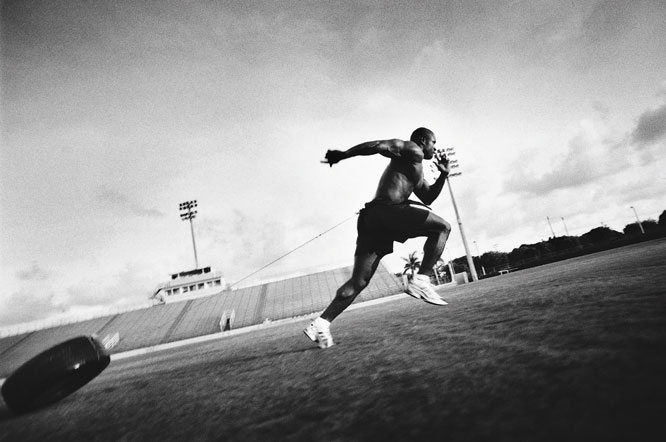28-Days-to-Lean Meal Plan
With the right plan and the right discipline, you can get seriously shredded in just 28 days.
Read article
There’s nothing worse than not getting what you want, especially when it’s at the expense of your blood, sweat and tears shed at the gym. Okay, maybe not tears but you get my drift. Why do you work out? Obviously to build muscle and strength. Whether you’re training for a particular sport or just want to look wicked naked, apply these bodybuilding tips below to take your training and strength to the next level.
Traditionally we are taught to count reps, but some days you’re going to feel like a billion bucks and others as flat as a Paleo pancake. Go with how your body feels and get the total number of reps done, but don’t be so strict when counting reps during each set.
Take Home Message:
If your program calls for 5 sets of 5 reps (25 total reps) and you’re able to hit additional reps on the first few sets, don’t stop at 5! For example, your “5 sets of 5 reps” may end up looking like 7, 6, 5, 4, 3 or 6, 6, 5, 4, 4. Regardless, go by how you feel and use as many or as few sets possible to complete all 25 reps.
**Looking for another way to build muscle and recover faster? Check out Growth Factor-9.

Lift all sets with as much acceleration as possible, even if the load is heavy. This will recruit what are called high threshold, fast-fatigable motor units, which don’t get activated unless a submaximal load is accelerated, lifted to fatigue or if a heavy-enough load is lifted. These muscle fibers respond well to this type of training and have the most potential to increase in size and strength.
Take Home Message:
Once sufficiently warm, accelerate all your concentric actions as fast as possible. Maintain form and intramuscular tension throughout the set.
Traditionally, loads lifted for 8-12 reps are recommended for muscle growth, which results in what’s referred to as sarcoplasmic hypertrophy (growth of the sarcoplasm and non-contractile proteins); however, lifting heavier loads for lower reps (e.g. 5-7) will lead to a different form of hypertrophy known as myofibrillar hypertrophy (growth of the muscle fibers and contractile proteins).
Take Home Message:
Use various set and rep schemes to trigger different methods of muscle growth and muscle protein synthesis. For myofibrillar hypertrophy, include set and reps schemes such as 5×5, 6×6 or 4×7 and for sarcoplasmic hypertrophy, include 3×12, 4×10 or 5×8.

Eccentric contractions, otherwise known as negatives are the “down phase” of an exercise—think of the down phase in a squat or a biceps curl. Since you’re stronger eccentrically than concentrically, you will be able to use more load—this means using loads greater than your 1 rep max.
More load means more force output and more force output means more stimulation to active motor units. This type of training appears to preferentially recruit high threshold motor units. These muscle fibers are more responsive to muscle growth and strength adaptations. Lastly, eccentric muscle actions are mostly responsible for the micro-trauma caused in your muscles following training, which has been linked to triggering the muscle adaptation process.
Take Home Message:
Add the 2/1 Method to your training. Essentially, use two limbs to perform the concentric portion of the movement (e.g. up phase in a biceps curl) and use only one limb to perform the eccentric portion (e.g. down phase in a biceps curl). Execute the eccentric phase over a 5-6 second period. Six to 8 repetitions can be performed for 2-4 sets.
When you lift weights, your muscles are under mechanical tension and time-under-tension refers to how long your muscles are contracting, essentially, equating the duration of each set. Adding pauses to your sets increases the time-under-tension and reduces the influence of the myotatic-stretch reflex, therefore, forcing your muscles to do more work.
Take Home Message:
With a submaximal weight, perform a standard compound exercise such as a front squat, bench press or pull-up, or isolation exercise such as a biceps curl, triceps extension or lateral raise. At different body or limb positions, stop the weight or your body position for 2 seconds, then continue to finish the rep. Keep in mind the weight you’ll use for these exercises will be slightly lighter compared to “normally” executed reps/sets.

Jon-Erik Kawamoto, CSCS, CEP, is a Personal Trainer, Strength Coach and Fitness Writer out of St. John’s, Newfoundland, Canada. He contributes regularly to many major health and fitness magazines and websites and is currently in the middle of a master’s in exercise physiology at Memorial University. Check out more of his work at www.JKConditioning.com.